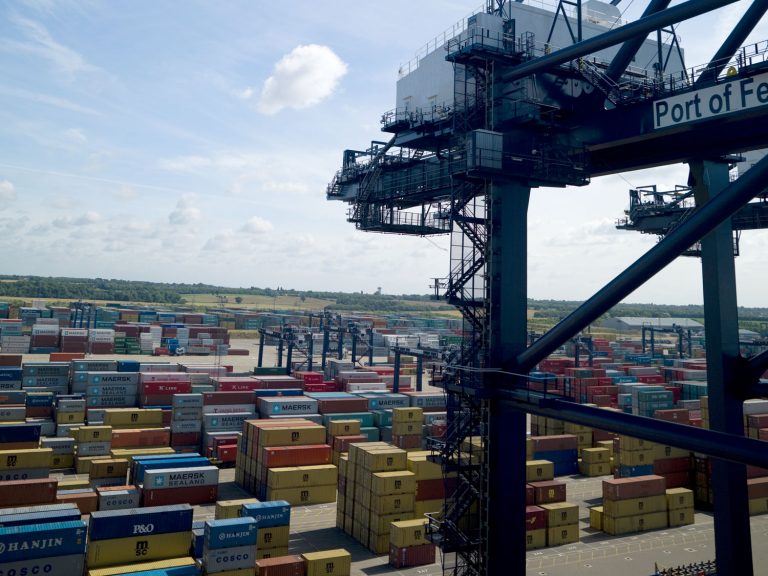
Date:
Global ocean freight trade second half of 2020
The coronavirus pandemic is severely disrupting global supply chains and in the process, laying the foundation for permanent changes to international trade.
We’re still seeing the jump in sea freight volumes that was the catch-up from the earlier China shutdown and now we’ve entered the period when a large number of blanked sailings are slashing capacity.
When the Chinese factories came back online after controlling their epidemic and dispatched orders that had been sitting there for weeks, we all thought the supply situation was set to return to normal, only to discover that swiftly spreading pandemic had eradicated demand, leading to the mass cancellations of purchase orders and subsequent blanked sailings, in a situation that is likely to be sustained in the short term.
Ports had been worried about incoming boxes piling up, because the businesses that ordered the cargo may be closed or may no longer have the demand or may not have the ability to pick that cargo up, but actions shippers in deferring orders, lines holding stock in transit and a bigger drop in import volumes than expected, mean those fears are fading.
How quickly demand will pick up when countries reopen their economies is the subject of much debate between economists with forecasters and none of them foresee a recovery before 2021, so the shipping lines are going to have trouble right through peak season.
The most likely scenario when the economic recovery does happen is incremental, with some goods coming back more quickly than others and some sectors taking a long time to recover.
Monitoring ocean carrier data will be a good barometer for signs of an economic recovery, particularly as the volume of blanked sailings falls and the utilisation of container slots starts to creep up.
If the carriers start attracting more cargoes with utilisation increasing, that’s a sure sign of recovery, providing it is sustained over a period of time.
Another timing factor involves the carriers. When they axe services, they lay up vessels, with many anchored offshore around the globe, as we saw in 2009.
What’s different now versus 2009 is that the lines could put a skeleton crew on a laid-up ship and when the service restarted swap back to the operating crew.
But with coronavirus travel restrictions still impeding crew movements, this easy crew swapping is not an option and it’s unclear how that will affect layup plans and service restoration.
The carriers have been able to keep container freight rates fairly steady by cutting capacity and trying to calibrate their slots, but it’s unlikely this is sustainable and there is a real chance of a carrier failure, without government interventions, resulting in even less choice for shippers and a more entrenched carrier oligopoly.
If global trade is acknowledged to be riskier because of the pandemic threat and consumers expected to pay a higher price, in a deflationary environment that will simply drive down demand, however the consumer will not need to pay, if carriers absorb the added cost they have had implicit or explicit government support.
Metro with our partner carriers around the world are constantly reviewing the revised schedules and capacity to ensure we deliver the best service against expectations and requirements.
